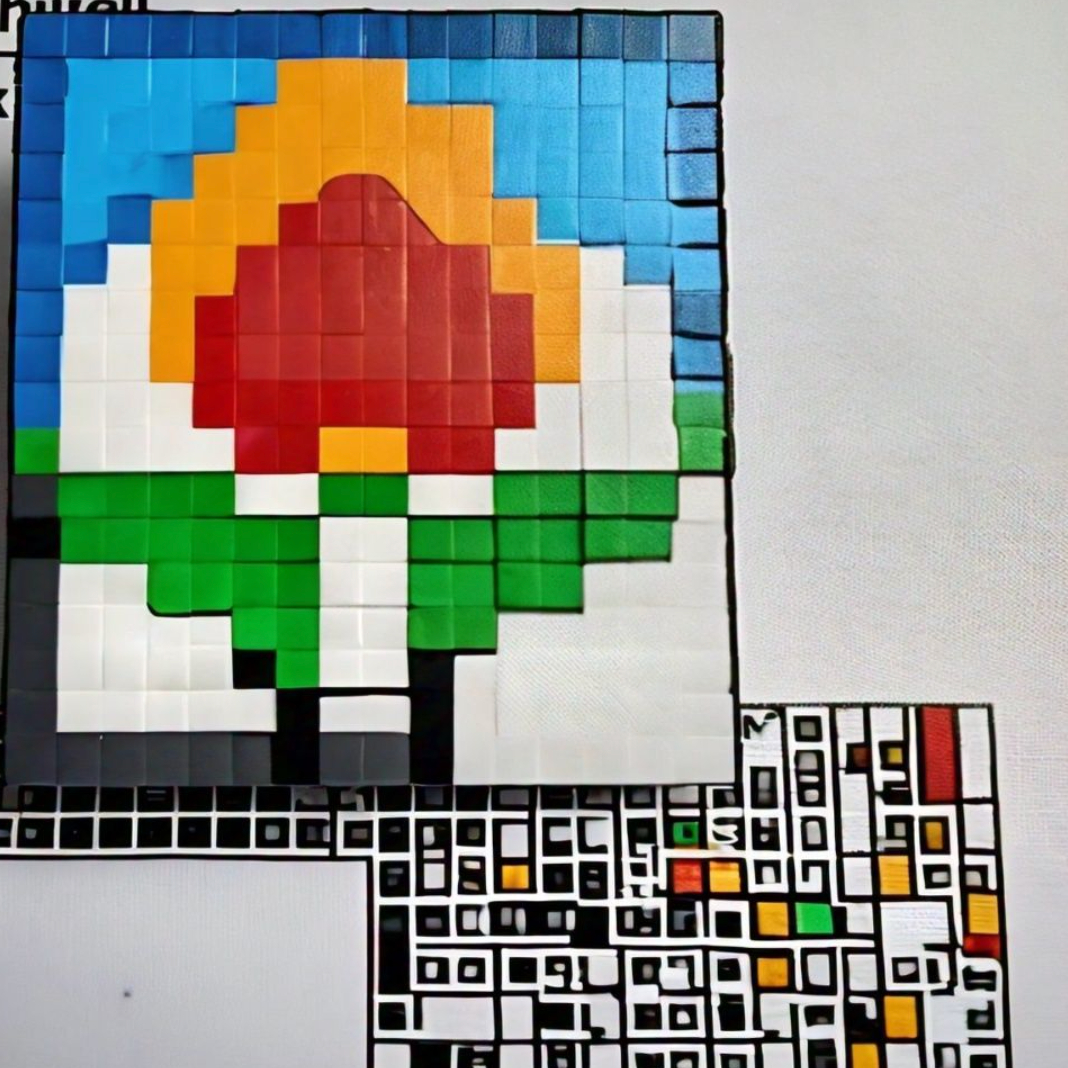159 reads
Bridging Domain Gaps with a Domain Adapter for Higher-Quality Animation
by
November 18th, 2024
Audio Presented by

Transferring the essence of optimal performance, and saving the model from the abyss of underfitting.
Story's Credibility

About Author
Transferring the essence of optimal performance, and saving the model from the abyss of underfitting.